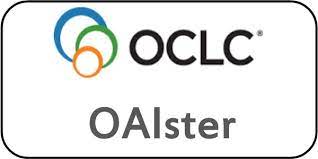A Cross-sectional Study on Prescribing Pattern for Children at Primary Health Care Clinics
Keywords:
Pediatrics, prescribing indicators, antibiotics, demographic charactersAbstract
Background: Rational prescribing for children is very essential as there is increased risk from the use of medicines in them due to multiple reasons ranging from altered pharmacokinetics to long-term side effects. Drug-related needs of children must be assessed on individual basis to meet appropriate health care outcomes. Aim: This cross-sectional descriptive study aims at assessing drug use pattern and rationality in prescribing pattern as per World Health Organization (WHO) core prescribing indicators. Material and methods: A cross-sectional and prospective study was carried out in private primary health care clinics of Hyderabad, Telangana State. A total number of 300 prescriptions for children were reviewed. Patients’ demographic characteristics, diagnosis and drugs prescribed were recorded in a prestructured and validated data collection form. Results: Average number of drugs per prescription were 1.92. Fever and upper respiratory tract infections were found to be common complaints in this age group. Paracetamol was the most commonly prescribed medication and among prescribed antibiotics, fluoroquinolones occupied the major part. About 67.3% of drugs were from the WHO Model List of Essential Medicines for Children. The percentage of drugs prescribed with generic names was very less. Conclusion: In this study, it was found that the prescription pattern in the selected primary health care centers in Hyderabad was in compliance with the WHO prescribing indicators, except the generic prescribing practice.
Downloads
Published
Issue
Section
License
Copyright (c) 2023 Archana Jorige

This work is licensed under a Creative Commons Attribution 4.0 International License.
The copyright for all the editorial material contained in Asian Journal of Pediatric Practice, in the form of layout, content including images and design, is held by IJCP Publications Ltd. No part of this publication may be published in any form whatsoever without the prior written permission of the publisher. Indian Journal of Clinical Practice does not guarantee, directly or indirectly, the quality or efficacy of any product or service described in the advertisements or other material which is commercial in nature in this issue.







